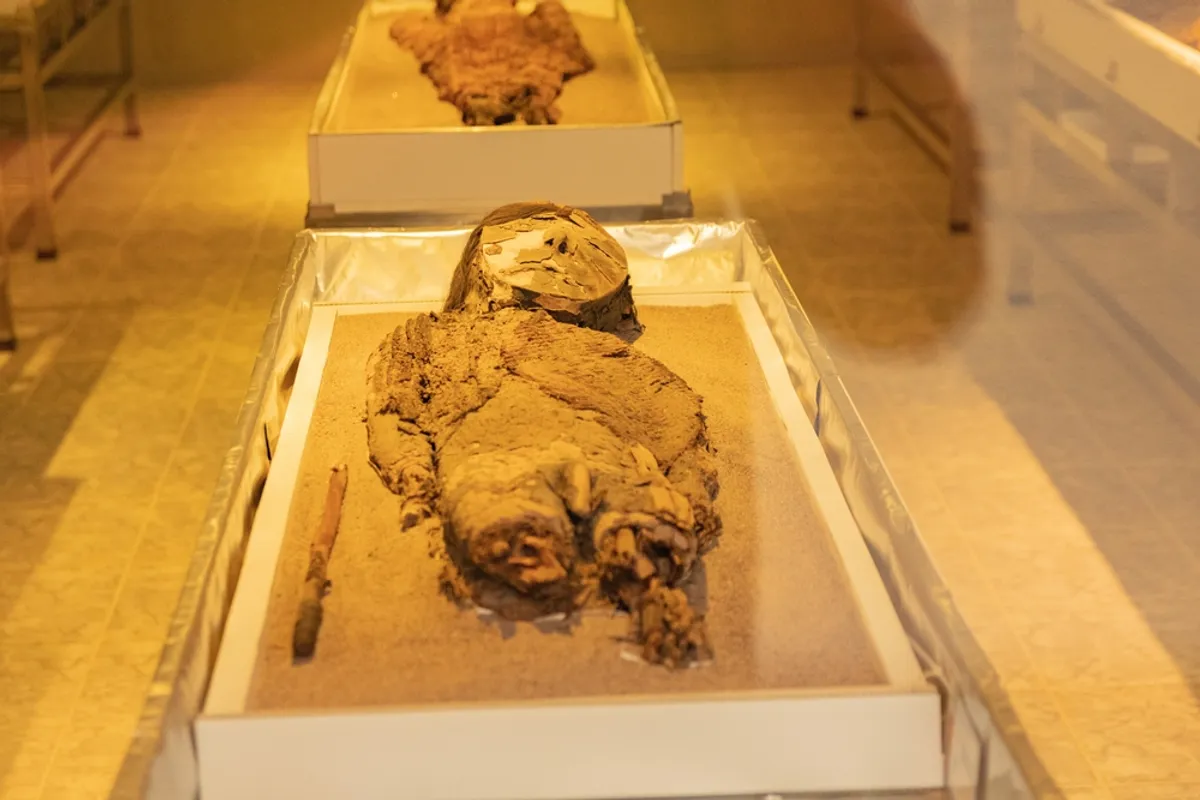While the mystique of Egypt's mummies captivates the world, nestled within Chile's Atacama Desert lies an even older secret—the mummified remains of the Chinchorro people, dating back a staggering 7,000 years.
When thoughts drift to mummification, Egypt's elaborate rituals often take center stage. Yet, it's the Chinchorro people who pioneered this ancient practice, establishing their legacy as the earliest practitioners of mummification on Earth.
Originating around 5450 BCE, the Chinchorro thrived as a maritime society along the coasts of modern-day Chile and Peru. Their groundbreaking funerary customs, entombing their deceased in the arid desert sands, set them apart as innovators in the realm of preservation.
Today, these ancient burial sites stand as UNESCO World Heritage sites, offering a window into a civilization long past. Unlike Egypt's exclusivity in mummification, the Chinchorro extended this reverence to all members of their community, symbolizing a profound cultural ethos.
So, how did the Chinchorro achieve their remarkable preservation? Unlike the Egyptians' intricate embalming processes, Chinchorro mummification involved meticulous skinning and organ removal, followed by reapplication of the skin and elaborate wrappings. Clay masks adorned their faces, complemented by human hair wigs, ensuring a dignified passage into the afterlife amidst the desert's embrace.
The journey to uncover these ancient relics began in 1917 when Max Uhle stumbled upon the first Chinchorro mummy on a windswept beach. Carbon dating techniques later confirmed their antiquity, sparking a fervent quest for more discoveries.
Over a century later, hundreds of mummies have emerged from the desert's embrace, some unearthed by the relentless march of urbanization, others by the curious noses of wildlife. In Arica, where the Chinchorro legacy lives on, these ancient inhabitants are not just relics but integral threads in the fabric of local heritage.
However, the specter of climate change now looms large, threatening to unravel the delicate balance between preservation and decay. Rising temperatures and erratic weather patterns expose these ancient graves to the ravages of time, prompting urgent calls for preservation efforts.
As leading expert Bernardo Arriaza laments, museums grapple with an overwhelming influx of artifacts, while the mummies themselves face new perils within their climate-controlled confines.
Yet, amidst these challenges, a beacon of hope emerges—a state-of-the-art museum, poised to safeguard these ancient treasures for generations to come. With a price tag of $19 million, this climate-controlled sanctuary near Arica promises to shield the Chinchorro mummies from the ravages of time, ensuring their legacy endures.
In the heart of Chile's desert sands, a timeless tale unfolds, where ancient mummies stand as silent sentinels to a bygone era, beckoning us to preserve their legacy for the ages.







